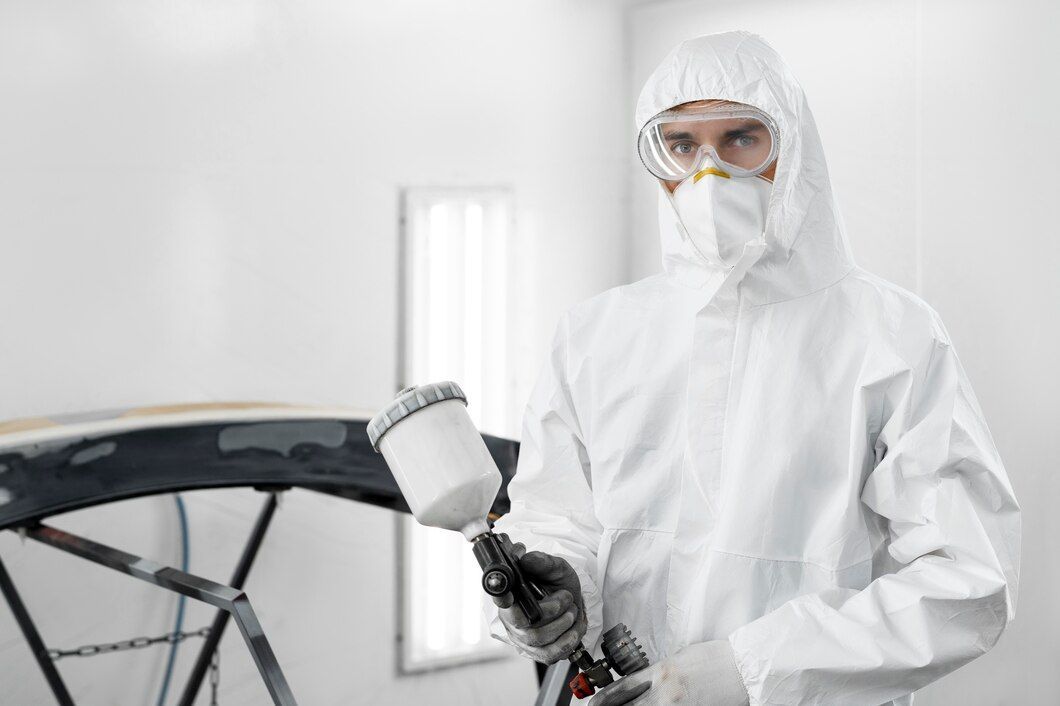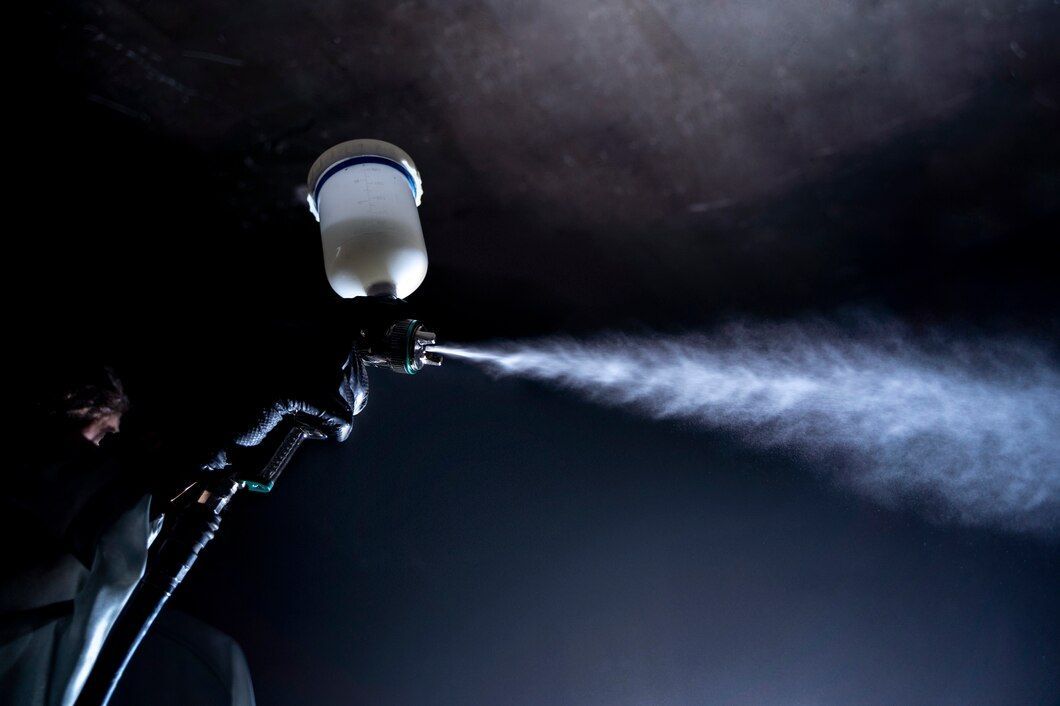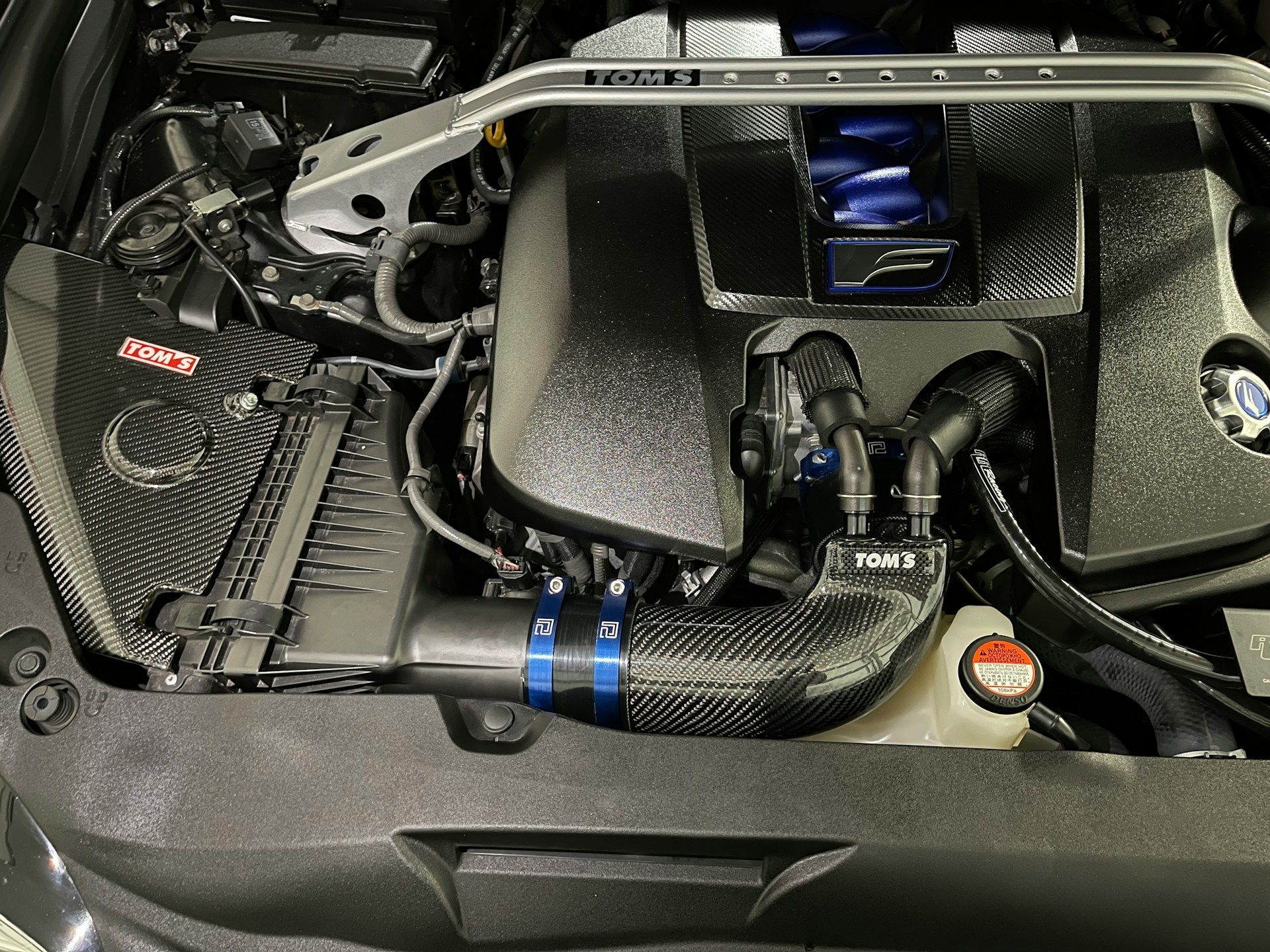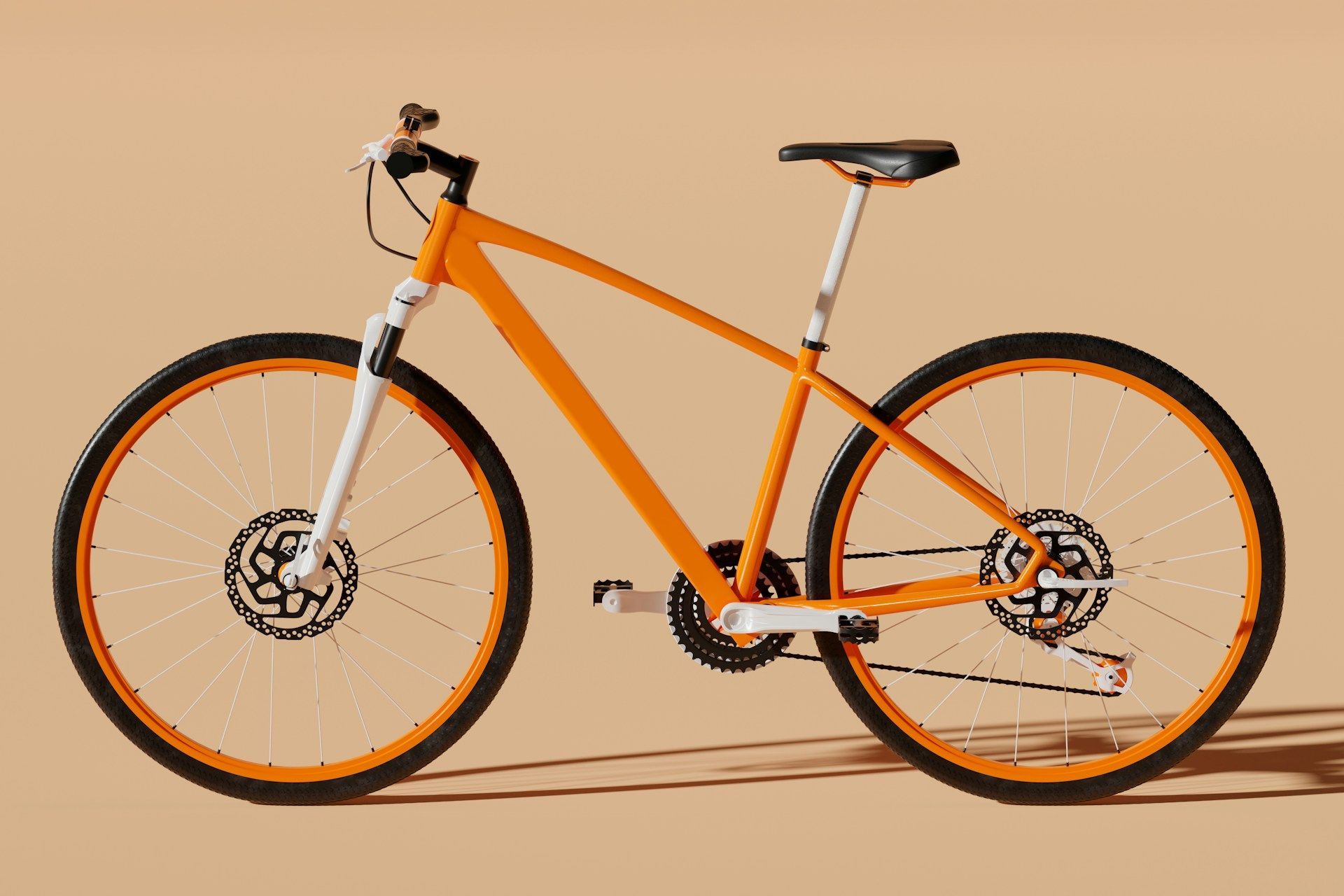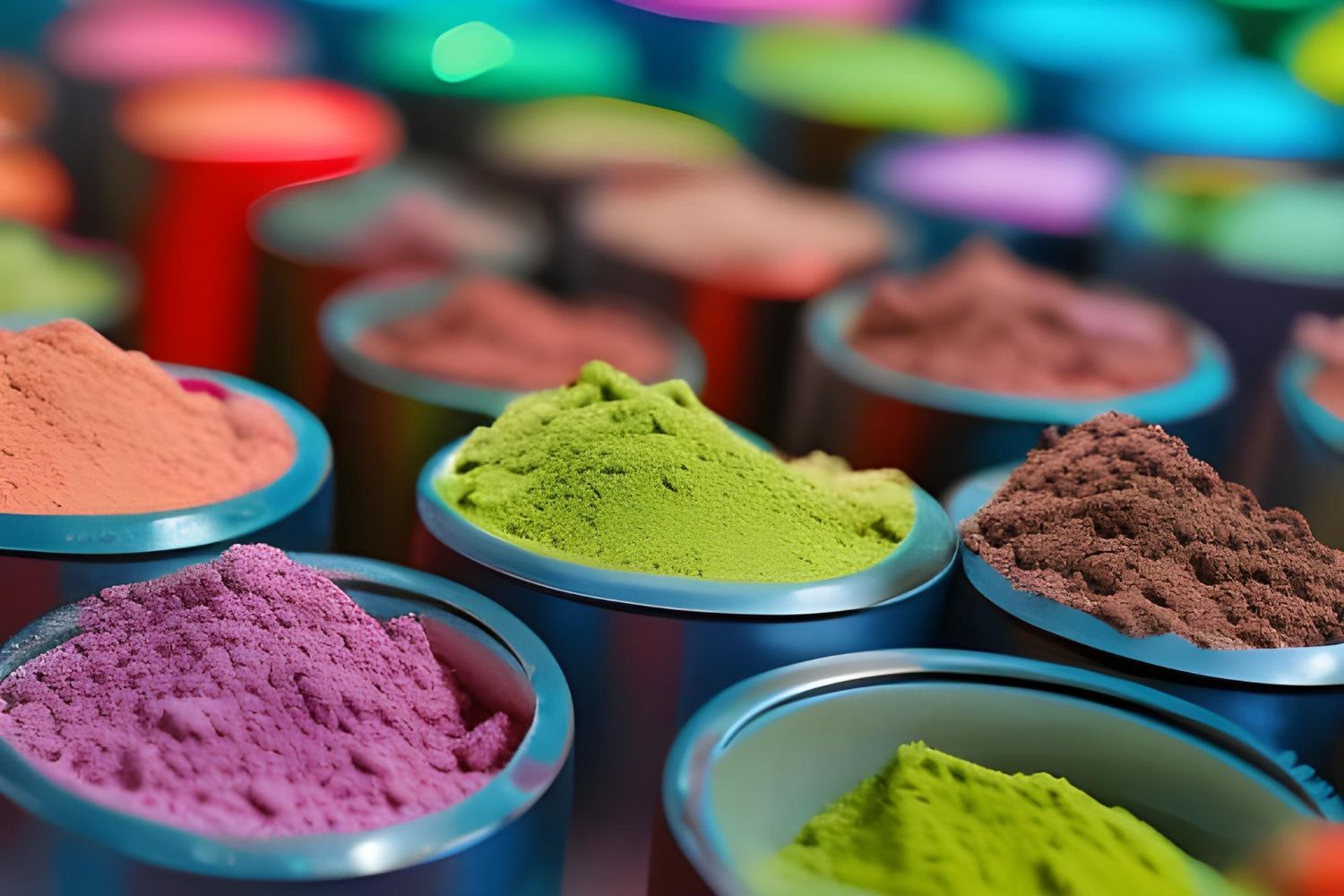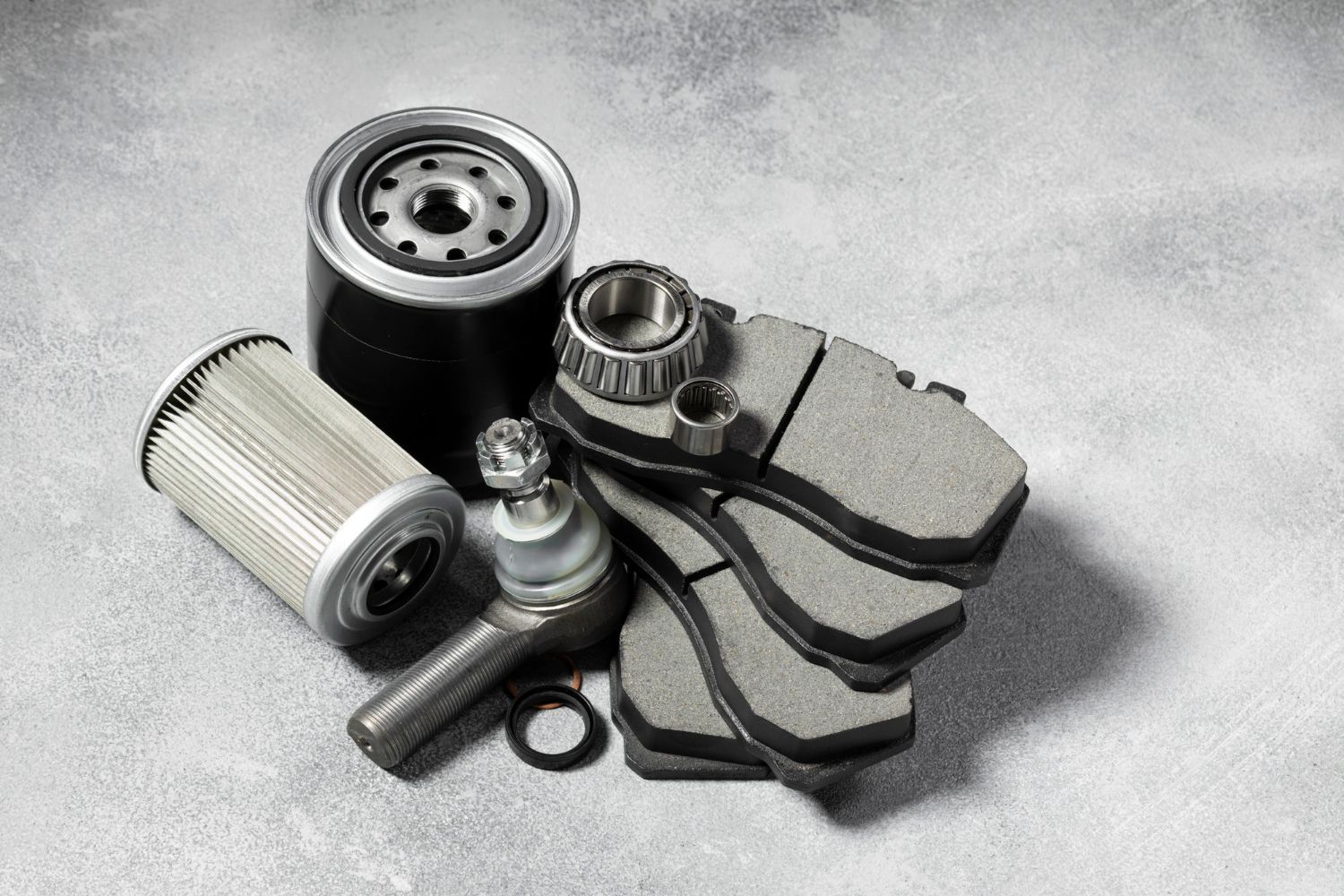Your Top Powder Coating Questions Answered by Coast 2 Coast Powder Coating Experts
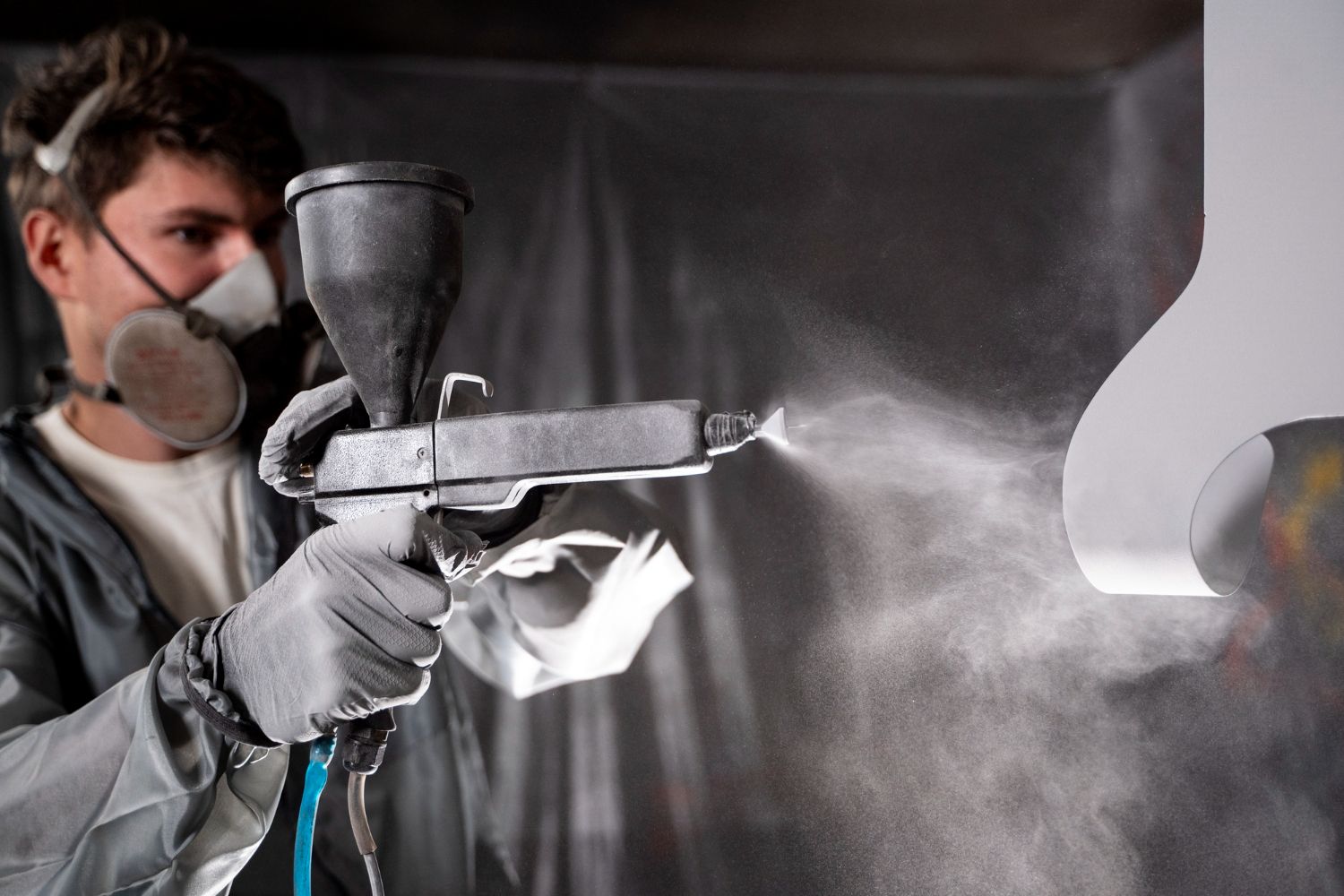
Powder coating is an increasingly popular finishing method due to its durability, cost-effectiveness, and eco-friendliness. However, if you're new to powder coating, you may have several questions that need answering before embarking on a project. That’s why Coast 2 Coast Powder Coating has put together this informative blog post addressing the most common questions about this innovative finishing technique.
From understanding the basics of the process to knowing what materials are suitable for powder coating, our Coast 2 Coast experts have got you covered. By answering these frequently asked questions, we aim to provide essential information that will help you make informed decisions about powder coating and showcase our commitment to delivering exceptional, customer-focused services.
Read on to deepen your understanding of powder coating and discover why Coast 2 Coast Powder Coating is the perfect partner for your next finishing project.
1. What Is Powder Coating and How Does It Work?
Powder coating is an advanced finishing process that involves applying a dry, powdered material to a metal substrate, typically using an electrostatic spray gun. As the gun sprays the electrically-charged powder particles onto the grounded metal surface, the particles adhere to the surface, forming an even coating. The coated item is then heated in a curing oven, where the powder particles chemically bond and melt into a smooth, durable finish.
This process results in a high-quality, uniform, and long-lasting surface treatment, making it an increasingly popular alternative to traditional liquid paint. Powder coating offers numerous advantages, such as improved durability, reduced environmental impact, and a wide range of colors and finishes.
2. What Types of Materials Are Suitable for Powder Coating?
Powder coating is primarily used for metallic objects, as they are electrically-conductive and can withstand the high curing temperatures required for the process. Common metals that can be powder coated include:
- Aluminum
- Steel (including stainless steel, mild steel, and galvanized steel)
- Brass
- Copper
- Iron
While powder coating is most often applied to metal substrates, some specialized processes are available for non-conductive and heat-sensitive materials like wood, glass, plastics, and composites. However, these methods are less common and may require additional expertise.
3. Can Powder Coating Be Used for Outdoor Applications?
Powder coating is an excellent choice for outdoor applications due to its durability, corrosion resistance, and UV protection properties. The key to achieving these features is selecting the appropriate powder formula based on your specific needs and environmental conditions.
For outdoor applications, it's crucial to use powders with high UV resistance to prevent fading and chalking. Polyester and fluoropolymer powder coatings are particularly well-suited for such applications due to their excellent resistance to weathering and UV light.
Additionally, the pre-treatment process ensures proper adhesion and enhances corrosion resistance, making powder coating ideal for outdoor metal structures, such as fencing, patio furniture, and architectural components.
4. How Do I Choose the Right Powder Coating for My Project?
Selecting the right powder coating depends on several factors, including the desired finish, performance requirements, substrate material, and overall application needs. Consider the following when choosing a powder coating:
- Type of powder: Determine whether a thermosetting (epoxy, polyester, acrylic) or thermoplastic (nylon, PVC) powder is more suitable for your project based on specific performance requirements.
- Finish and appearance: Consider factors like gloss level, texture, and color. Consult with your powder coating service provider to explore the available options, including custom colors and specialty finishes.
- Durability and performance: Identify the specific performance requirements, such as corrosion resistance, chemical resistance, or UV stability, and select a powder formula that meets these criteria.
- Compliance with industry standards: Ensure that your chosen powder meets relevant industry regulations and quality standards.
When in doubt, consult with your powder coating service provider, who can advise you on the best powder options based on project specifications and industry expertise.
5. How Do I Maintain Powder-Coated Surfaces?
Powder-coated surfaces require minimal maintenance compared to traditional painted surfaces. To keep your powder-coated items looking fresh and maintaining their vibrant colors for years to come, follow these simple care guidelines:
- Regular cleaning: Gently clean the coated surface using a soft cloth or sponge with mild soap and warm water. Avoid using abrasive pads or harsh chemicals that could damage the finish.
- Inspect for damage: Periodically inspect the coated surface for any signs of wear, chipping, or damage. If any issues are observed, consult with your powder coating service provider for repair or re-coating options.
- Protect from extreme conditions: Although powder coatings are highly durable, it's still essential to shield the coated items from extreme weather conditions or physical stresses to prolong their lifespan and maintain their appearance.
By taking these simple measures, you can ensure the longevity and visual appeal of your powder-coated items, protecting your investment for years to come.
6. How Does Powder Coating Compare to Traditional Wet Paint in Terms of Environmental Impact?
Powder coating is widely considered a more environmentally friendly finishing option compared to traditional wet paint. Some key environmental advantages of powder coating include:
- No volatile organic compounds (VOCs): Powder coatings do not contain solvents, which emit harmful VOCs during the drying process of wet paint. This absence makes powder coatings a more eco-friendly and less hazardous option.
- Reduced waste: Powder coating overspray can be collected and reused, resulting in significantly less waste than traditional paint methods.
- Energy efficiency: The powder coating process typically requires less energy than traditional wet paint application and drying procedures, reducing the overall energy consumption and environmental impact.
These factors contribute to powder coating's growing reputation as the premier environmentally-friendly finishing option, helping both businesses and consumers make more sustainable choices for their projects.
Get Your Powder Coating Questions Answered by Coast 2 Coast Experts
If you still have questions or require specialized guidance, don't hesitate to contact Coast 2 Coast Powder Coating. Our experienced team is more than ready to assist you with your powder coating project, from selecting the right powder to ensuring a perfect finish. Reach out to us for a free consultation and let Coast 2 Coast Powder Coating help you achieve the best results for your project, guided by expert insights and years of industry experience.

